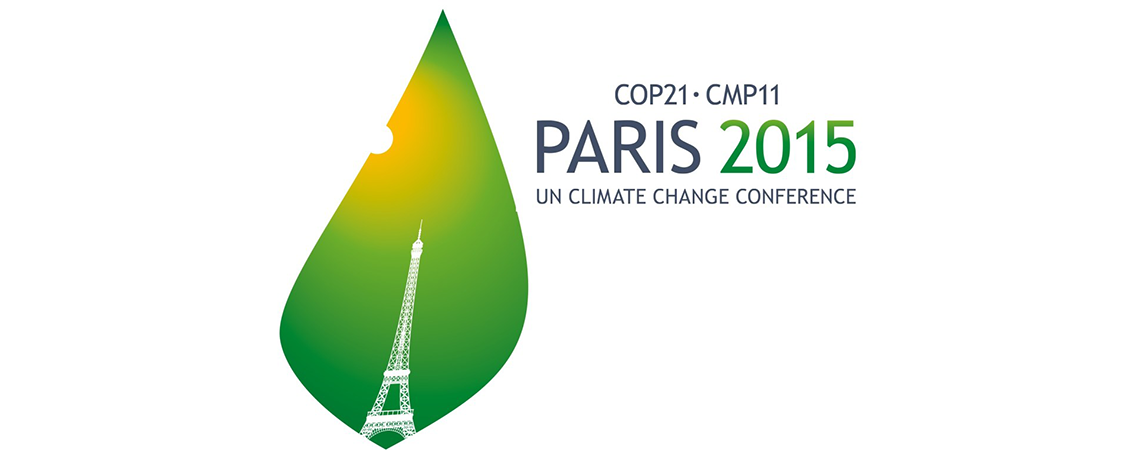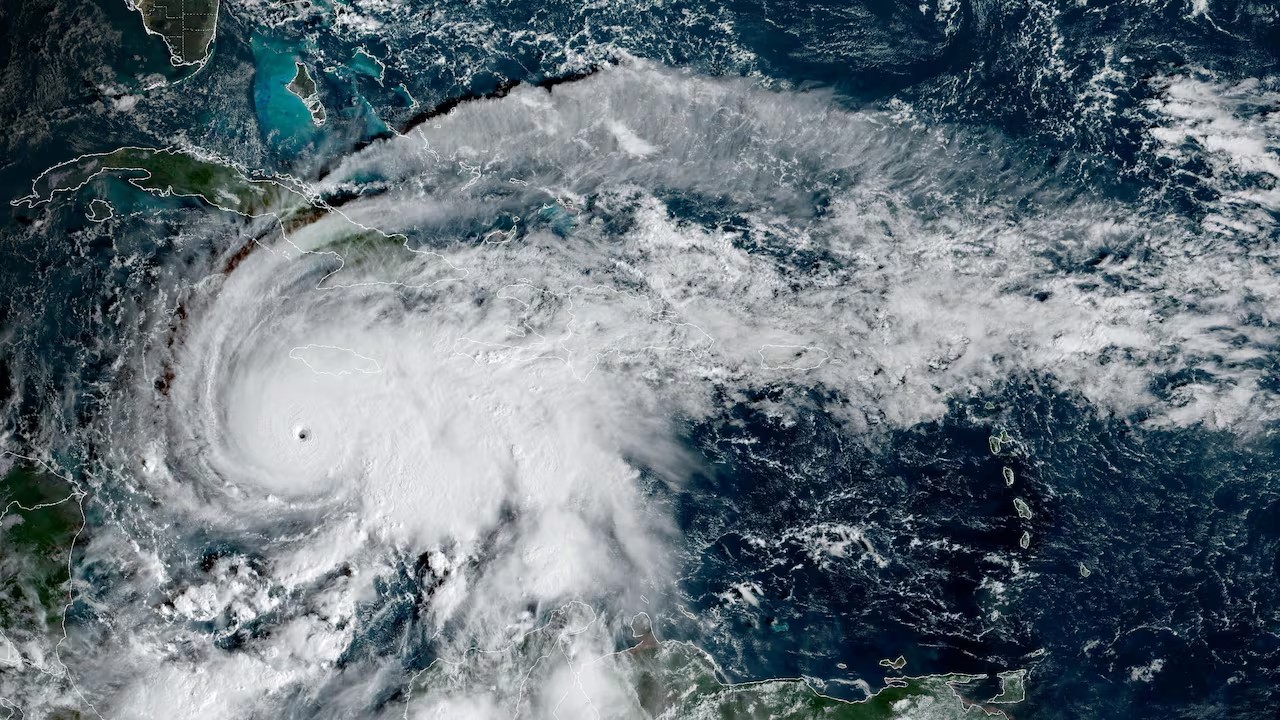- In December 2015, 196 parties at the UN Climate Change Conference (COP21) in Paris adopted the agreement, aiming to limit global warming to below 1.5 degrees Celsius and prevent it from exceeding 2 degrees Celsius. Countries were obligated to take the necessary actions to reduce greenhouse gas emissions.
The Paris Agreement is set to celebrate its 10th anniversary in December 2025, providing an opportunity for countries to assess the successes and challenges in their journey to restore the global climate temperature.
In December 2015, 196 parties at the UN Climate Change Conference (COP21) in Paris adopted the agreement, aiming to limit global warming to below 1.5 degrees Celsius and prevent it from exceeding 2 degrees Celsius. Countries were obligated to take the necessary actions to reduce greenhouse gas emissions.
Although data reveals that the 1.5 degrees Celsius mark was temporarily breached in 2024, the World Meteorological Organization's report released in late May suggests an increase in temperatures over the coming decades.
Additionally, there is an 86 percent chance that at least one of the next five years will be more than 1.5°C above the 1850-1900 average, and a 70 percent chance that the five-year average warming for 2025-2029 will exceed 1.5°C.
United Nations Secretary-General Antonio Guterres emphasizes that this troubling statistic indicates a need for more decisive action to restore the global climate situation. Every fraction of a degree of global warming matters.
Read More
“We need to limit long-term temperature rise to below 1.5°C, but the latest WMO report is another red alert that we are off track. It's a rallying cry to double down on #ClimateAction solutions,” he stated.







